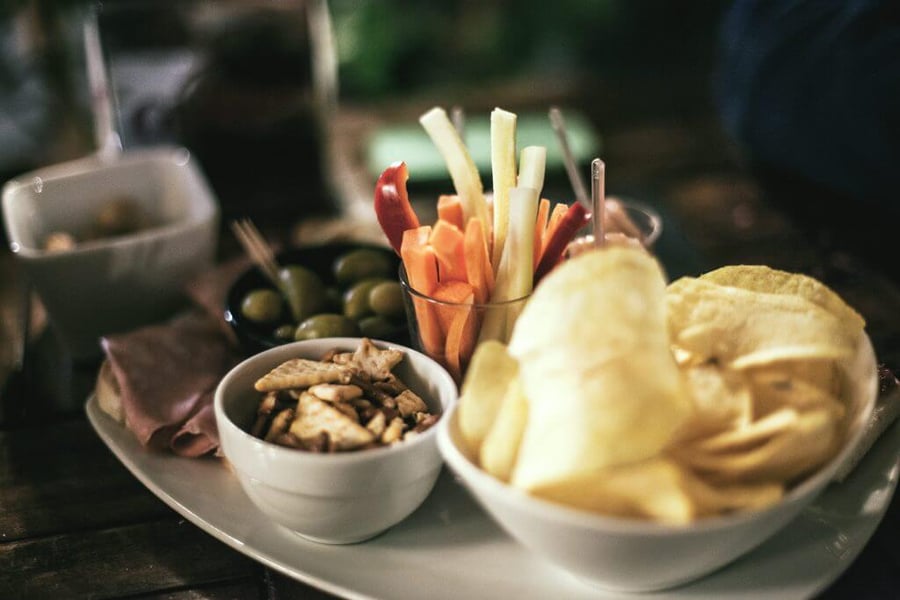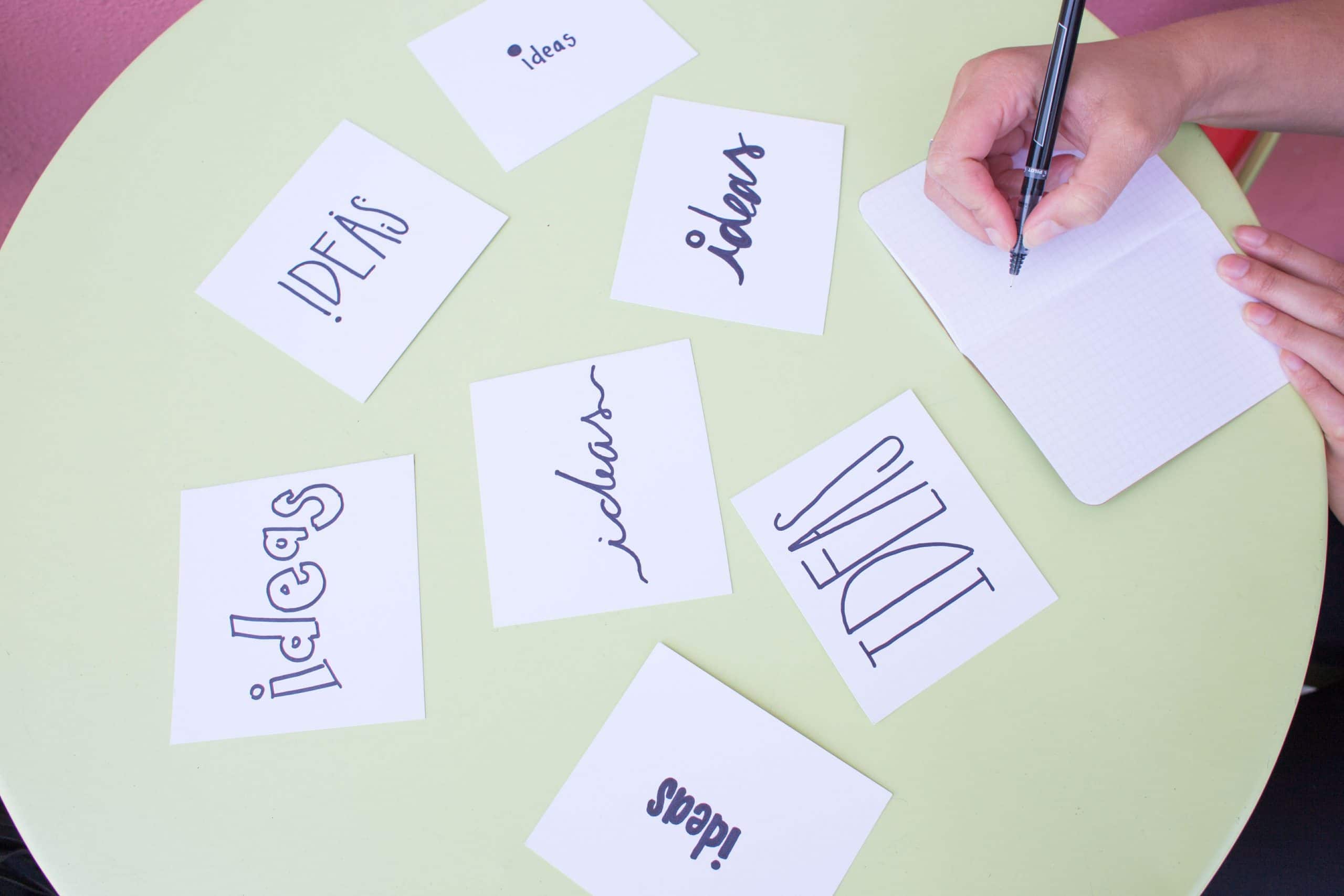It can be a bit intimidating the first time you assign yourself the task “come up with something cool.” How do you tackle this challenge? What’s the first step to making awesome things? Most people know about brainstorming, but many may struggle to describe what this actually looks like. I will attempt to struggle less as I lay out a few of my favorite tips and tricks for brainstorming.
The first distinction to make is whether you are brainstorming in a meeting or by yourself. We covered how to structure creative meetings here but I’ll leave you with these three quick group brainstorm tips.
 Snacks and drinks:
Snacks and drinks:
- At Backflip, we have a pretty relaxed modern workplace so there are always snacks and drinks available but in a brainstorm meeting, take things to the next level. Get out the unhealthy snacks and drinks. Bring out a variety of items. The food and drink can relax the group and get everyone into the same brain space you’re in when you’re just hanging out with friends. When you’re playing, you mind is more at ease and less self conscious about new ideas that pop up.
- Post it notes/pens/markers:
- Dig through the office supplies and get out all of the different color post-its, pens, markers, crayons… whatever you can find. Let each member of the brainstorming team search for the items that they feel they’d like to write and draw with. The searching and hunting for the right color pen and post it note gets your brain ready to hunt for solutions to the problems you’re trying to solve. As an added benefit, your recall will be better later when going through notes of the meeting. “Oh yeah, I wrote that on a blue piece of paper.”
 Outside Stimuli:
Outside Stimuli:
- Bring out the office toys, stress balls, fidget spinners, gadgets, etc. You want to allow minds to wander (for parts of the meeting) and these items will help with that. You can also take this a step further and use a method called bi-associating to stretch your ideas even further. We’ll write about in that in a future blog post.
-
I Snack and Drink Alone.
-
Still very useful, but no group accountability. While funny to imagine over eating without the judgmental eyes of your colleagues, it is important to keep a few things in mind. I’ve worked many an all-nighter in the past and remembering to snack is vital to keep your energy up. On the flip side, if you’re not paying attention to what you’re doing, you may run the risk of putting yourself into a food coma and completely derailing your creative work. So eat and drink with caution… or at least moderation.
-
-
Post-it notes/pens/markers redux.
-
This one is going to come down to personal preference when you’re working alone. I tend to do more of my writing in Evernote where I can splash down ideas, lines of text, links, etc. and come back later and pick up where I left off. Depending on the task, I do like a whiteboard to diagram things. Whether using physical media or digital, make sure you have a good way to save your work so you can pull from those ideas later when assembling your final product.
-
-
Outside Stimuli. The sequel.
-
In the group brainstorm, this was described as toys and fidgety things. For my independent work, I tend to think of it more as creating a “setting”. I get into this more in another post but playing music, working standing up, and often changing the lights are all tools I employ to get my head in the right space. Similar to advice about getting dressed for work even when working from home or using a dedicated work space as opposed to the living room couch, anything that gets your brain into the same mental state you were in the last time you had a very productive creative session is going to help when brainstorming.
-
-
Bonus: Talk to someone else.
-
In a group setting, your energy bounces back and forth between members as you chisel away at a problem from different sides. When working alone, you need to find ways to shift your mindset from one angle to another. One of the best ways to achieve this is to connect with another person. Go figure - the thing that makes group brainstorming useful is also useful when working alone. Articulating an idea out loud engages a different part of the brain and forces you to define abstract thoughts. When you return to your work after your conversation, you may find you’ve solved a few things you were stuck on before.
-
My methods for getting myself into brainstorm mode when I’m working individually are actually not all that different. I have a few other specific things related to getting my thinking in a different mode that you can check out in my How I Work post.
Check out our How I Work posts.

